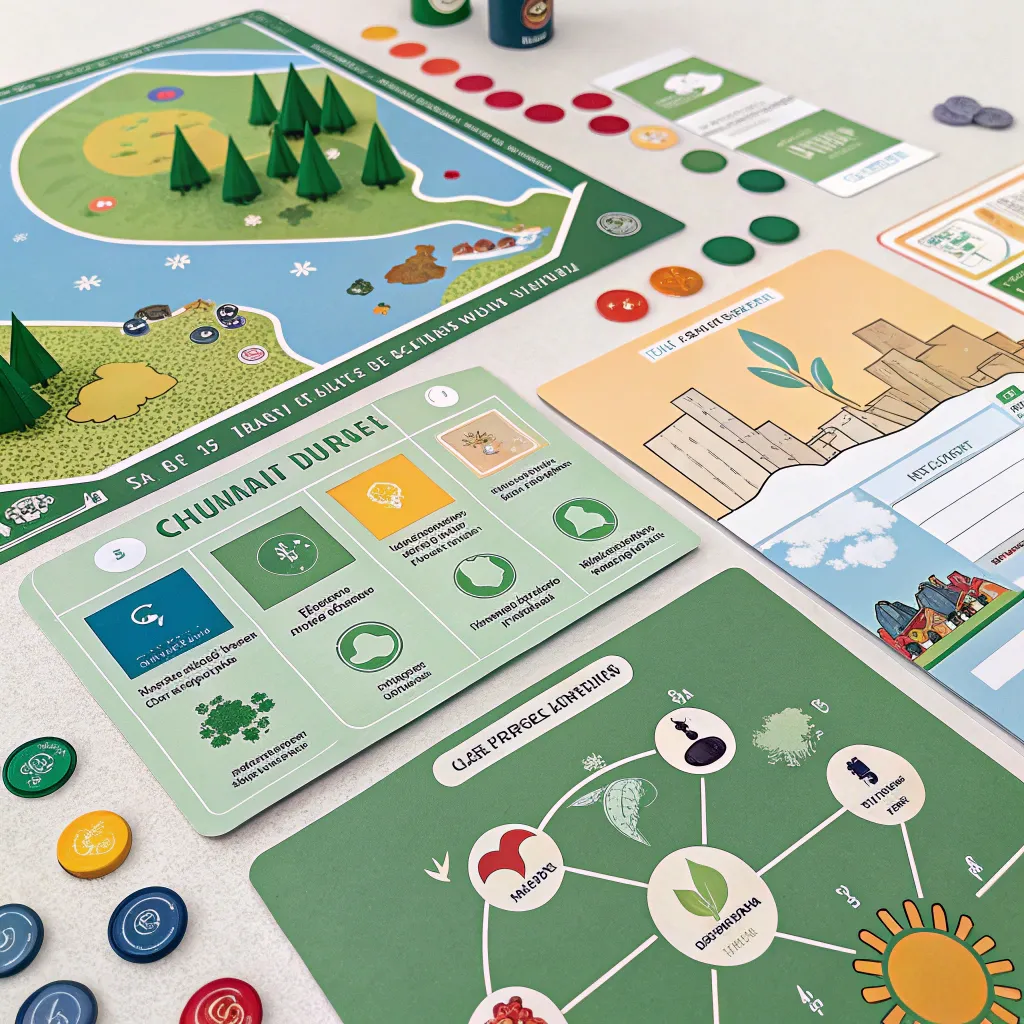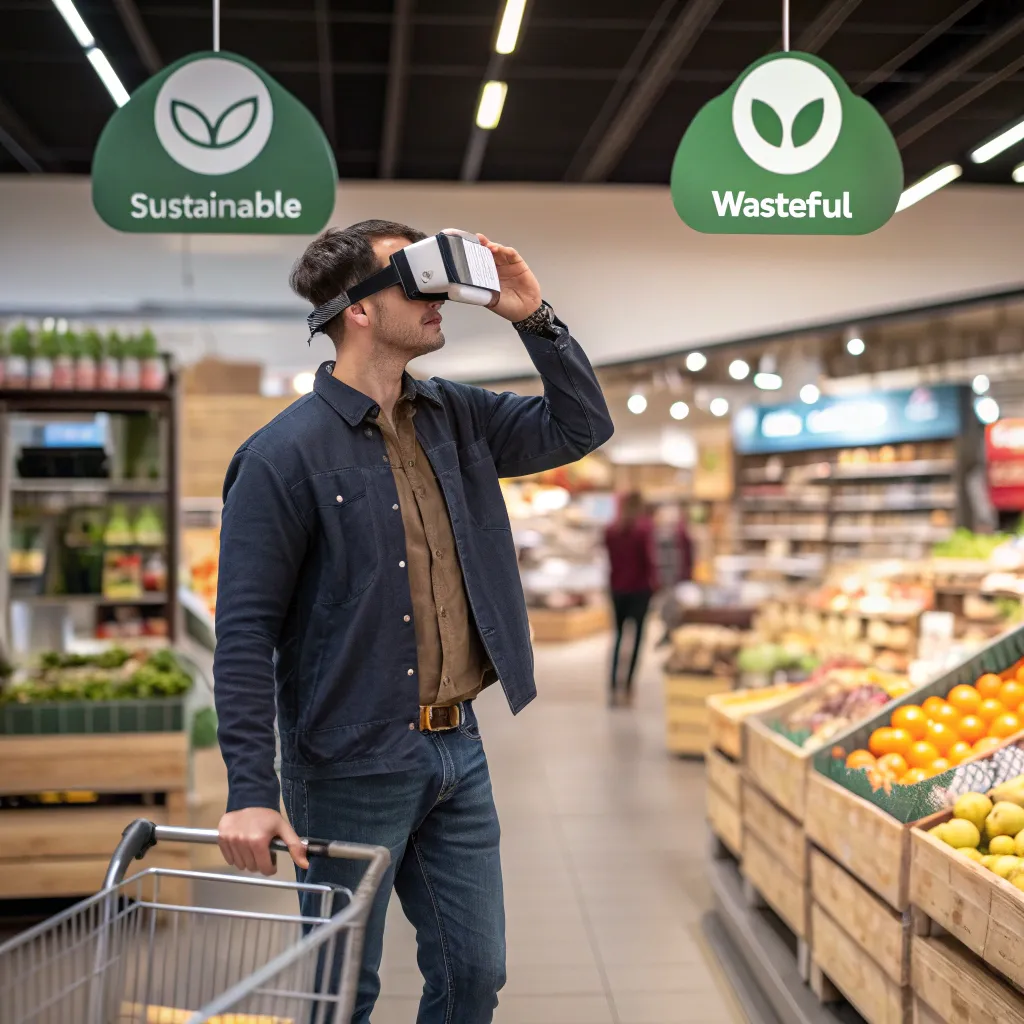Climate change is no longer a distant threat—it’s knocking on our door. But how do you get millions of people to care, learn, and act? Through games. From virtual worlds to boardroom negotiations, gamification has become a powerful tool in climate education, turning players into planet protectors.
Learning Through Play: Climate Games That Make a Difference
Keep Cool – Balancing Economy and Emissions

In the board game Keep Cool, players take on the role of different nations, each with unique economic interests and environmental challenges. The goal? Grow your economy without tipping the climate into chaos. Negotiation, compromise, and strategic trade-offs make this game a miniature version of real-life climate talks—highlighting how tough but essential global cooperation truly is.
Eco – Building a Civilization Without Destroying It

Eco is a multiplayer online simulation where players collaborate to build and maintain a society. The twist? Every decision impacts the environment. Whether you’re chopping trees or constructing homes, your actions have long-term consequences. This game cleverly teaches players about sustainability, resource management, and the importance of collective responsibility.
The Climate Fresk – Visualizing Climate Complexity
Based on IPCC reports, The Climate Fresk transforms complex climate science into an interactive learning tool. Players build a cause-and-effect diagram that maps the chain reactions of climate change. It’s hands-on and visually driven, helping players see the bigger picture of environmental impact and the connections between industry, behavior, and climate.
Gamification in Everyday Climate Action
Giki Zero – Track, Reduce, Act
Giki Zero is more than an app—it’s your personal sustainability coach. It helps users set eco-friendly goals and track their carbon footprints with actionable steps, from diet changes to travel choices. By turning lifestyle tweaks into a points-based game, it adds motivation and structure to living greener.
Meltdown – A Virtual Reality Wake-Up Call
Meltdown drops players into a VR shopping experience that simulates food waste and sustainable choices. Studies show this immersive game leads to a tangible boost in eco-awareness and shifts consumer behavior towards responsible consumption. This isn’t just education—it’s transformation through direct experience.
Table – Key Climate Games and Their Focus
| Game Title | Format | Core Theme | Learning Outcome |
|---|---|---|---|
| Keep Cool | Board game | Global negotiations | Emissions trade-offs, diplomacy |
| Eco | Multiplayer sim | Environmental balance | Collective action, resource management |
| The Climate Fresk | Card-based game | Climate cause-effect mapping | Climate systems, critical thinking |
| Giki Zero | Mobile app | Personal carbon tracking | Goal setting, behavior change |
| Meltdown | VR experience | Food waste, sustainability | Consumer habits, immersive learning |
Global Movements Behind the Screens
Playing for the Planet Alliance
This global initiative unites game studios to bring environmental messages into mainstream gaming. From themed in-game events to real-world campaigns, studios participating in Playing for the Planet are reaching millions with sustainability narratives. It’s a collective push to make climate awareness not just a theme—but a norm in gaming.
New Frontiers in Climate Education Through Gaming
World Climate Simulation – Diplomacy Meets Data
Imagine sitting at the negotiation table during a UN climate summit. That’s exactly what World Climate Simulation offers. Participants role-play as country representatives and use the C-ROADS simulator to model policy impacts in real-time. The game shines a spotlight on the tough decisions nations face—and how international cooperation (or lack thereof) shapes our global future. It’s less about winning and more about understanding the deep complexity of climate agreements.
The Climate Game – Strategic Thinking for a Zero-Carbon Future
Developed by Financial Times in collaboration with Infosys, The Climate Game challenges players to reduce emissions across multiple sectors—energy, transport, construction, and industry—by 2050. Grounded in real data from the IEA’s Net Zero by 2050 roadmap, this browser-based game helps users connect everyday decisions with systemic change. What makes it compelling is its cause-effect feedback loop, revealing how short-term actions ripple into long-term climate consequences.
No World 4 Tomorrow – Choices on the Moon, Lessons for Earth
In this interactive fiction experience from the You & CO₂ project, players shape life on a lunar colony threatened by ecological collapse. Every choice, from managing oxygen supplies to handling waste, mirrors challenges on Earth. While the setting is otherworldly, the moral questions it raises are very grounded: Can we change our behavior before it’s too late? This narrative-driven game invites introspection, subtly urging players to examine their carbon footprint on Earth.
What the Research Says: Games Do More Than Entertain
Studies back it up—gamification isn’t just fun, it’s effective. According to a 2024 study featured on arXiv, participants of the VR game Meltdown showed measurable increases in environmental awareness and a stronger intent to adopt sustainable practices in real life. This isn’t anecdotal; it’s data-backed behavioral change.
Even broader, a meta-analysis of 64 academic papers found that climate-related games influence not just knowledge, but emotion and motivation too. Games provide multisensory learning environments that outperform traditional lectures when it comes to long-term retention and personal engagement. They turn abstract concepts like “carbon offset” into relatable, tangible experiences.
Why Gamification Works in Climate Conversations
So, what’s the secret sauce? Here’s what makes games such a powerful force in climate action:
- Interactivity: Players aren’t passive—they make decisions and face the outcomes.
- Emotional engagement: Narratives and immersion help users connect personally.
- Repetition: Key concepts are reinforced through mechanics and gameplay.
- Accessibility: Mobile apps, browser games, and VR headsets bring education to where people already are.
These factors combined make games a unique medium where education meets empathy—and that mix just might help shift global mindsets.





